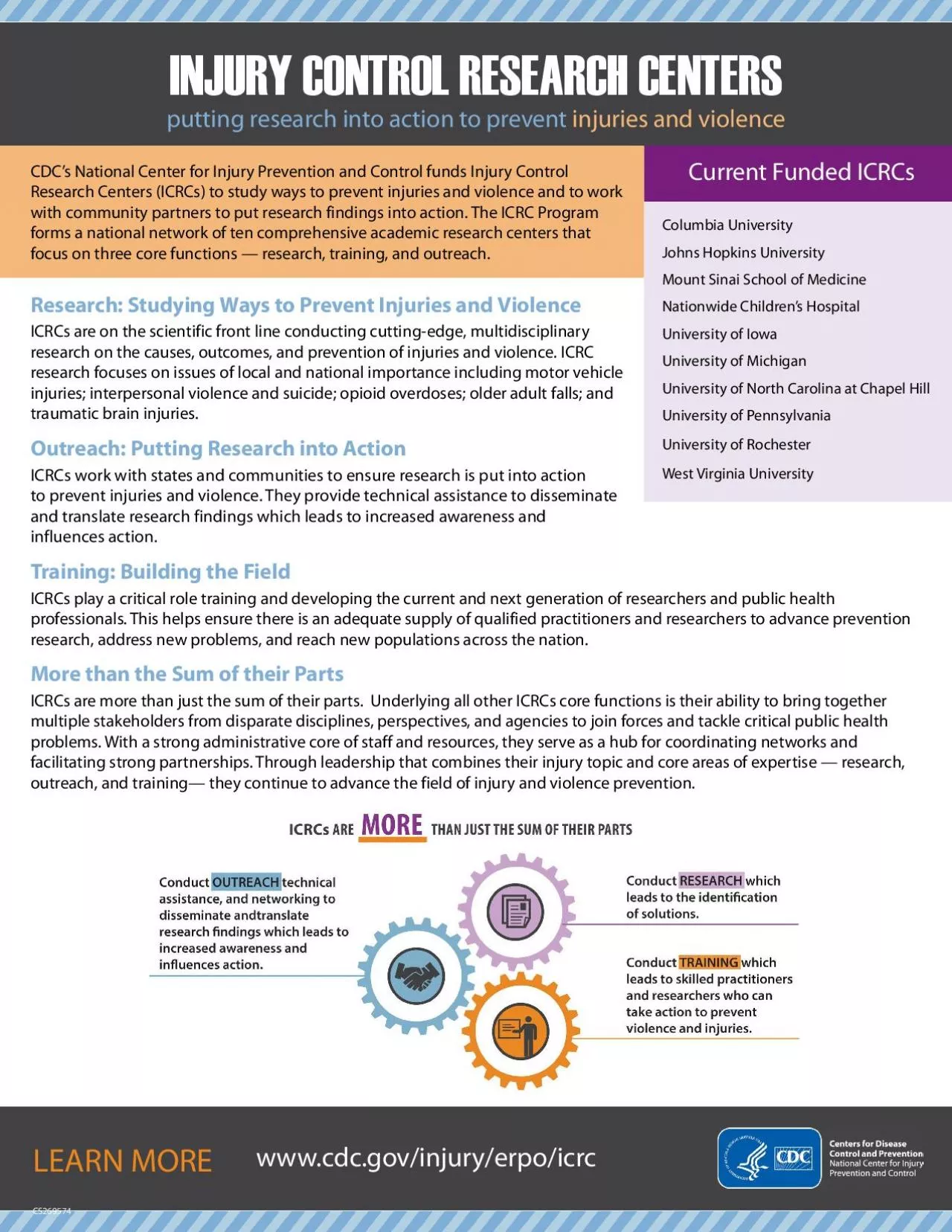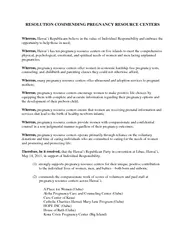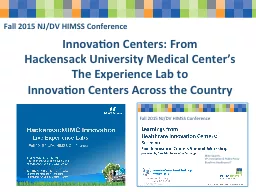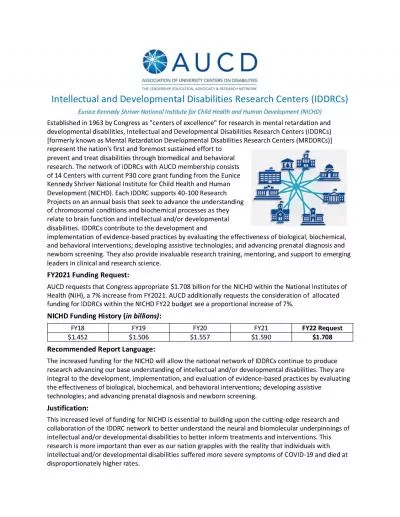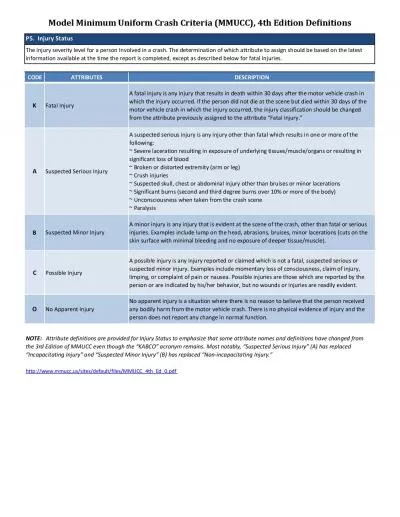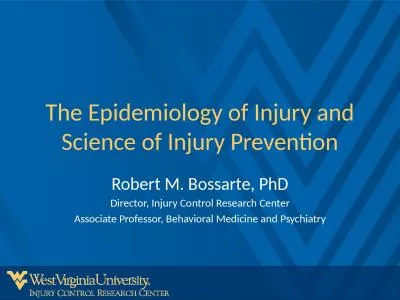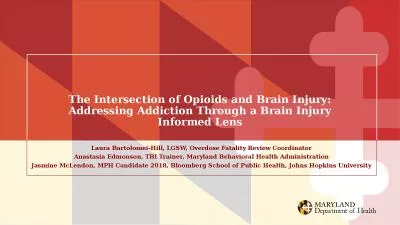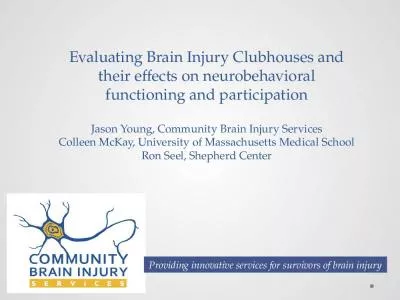PDF-INJURY CONTROL RESEARCH CENTERS
Author : sylvia | Published Date : 2022-08-25
putting research into action to preventinjuries and violence wwwcdcgovinjuryerpoicrc CS269574 ICRCs in ActionSince their establishment in 1987 ICRCs have advanced
Presentation Embed Code
Download Presentation
Download Presentation The PPT/PDF document "INJURY CONTROL RESEARCH CENTERS" is the property of its rightful owner. Permission is granted to download and print the materials on this website for personal, non-commercial use only, and to display it on your personal computer provided you do not modify the materials and that you retain all copyright notices contained in the materials. By downloading content from our website, you accept the terms of this agreement.
INJURY CONTROL RESEARCH CENTERS: Transcript
Download Rules Of Document
"INJURY CONTROL RESEARCH CENTERS"The content belongs to its owner. You may download and print it for personal use, without modification, and keep all copyright notices. By downloading, you agree to these terms.
Related Documents

